The goal in the NHL is to win the Stanley Cup. A few teams come close, but those that win the Cup or put together great seasons worthy of winning it, often regress or fall apart the next season.
Related: The NHL Blueprint for Goaltending Success in 2022-23
In 2021, the Montreal Canadiens, New York Islanders, and Vegas Golden Knights all reached the Stanley Cup Semifinal or even the Final only to miss the playoffs the following season. The Canadiens in particular had a historic collapse as they reached the Final but then finished the 2021-22 season with a 22-49-11 record which was the worst in the NHL. The Colorado Avalanche won the Cup in 2022 after a remarkable season but are a borderline playoff team in the Western Conference this season. Unless they turn the season around, the Avalanche could become the first team to win the Stanley Cup and miss the playoffs the next year since the Los Angeles Kings in 2014-15.
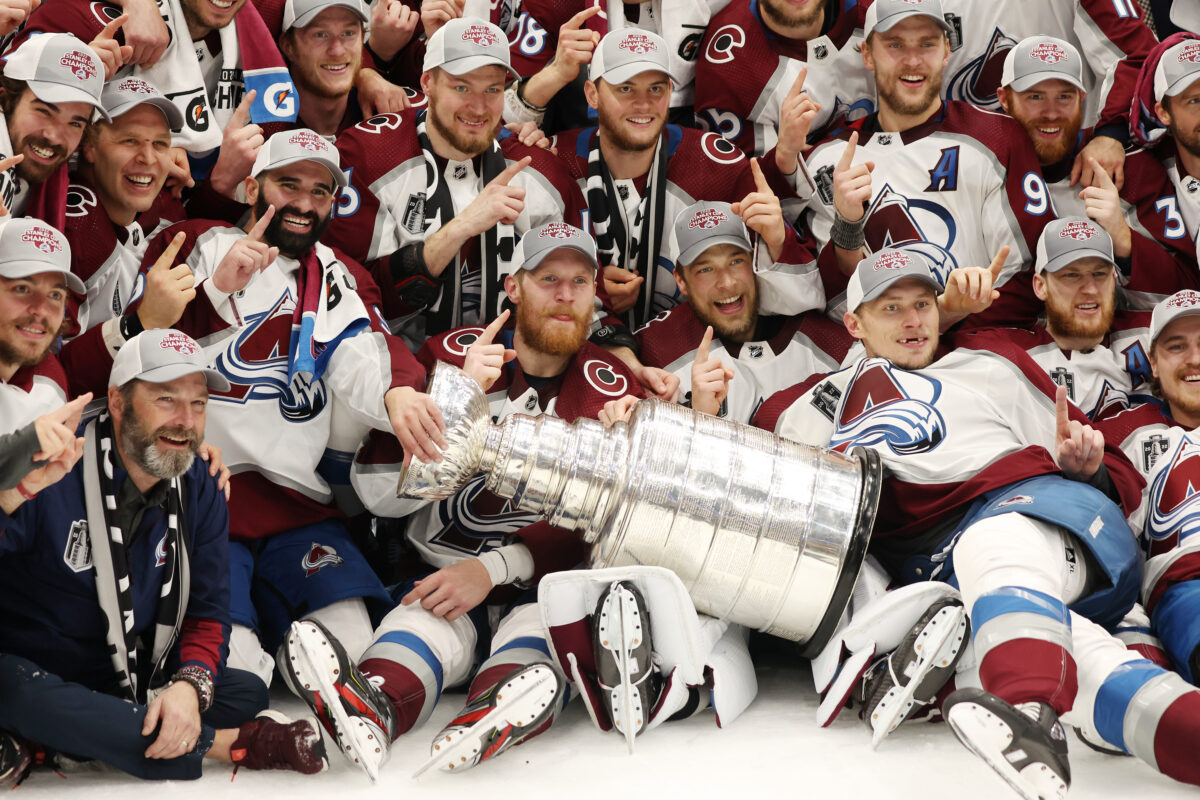
Collapses are commonplace in the NHL, but the question is why do teams struggle to replicate Stanley Cup-caliber success?
NHL Parity
Teams change more than they did 30, 20, or even 10 years ago largely because of the salary cap and free agency. The Islanders and Edmonton Oilers of the 1980s wouldn’t sustain the same success in today’s game if they had to make decisions about key players and their salaries. Specifically, teams have less control over their star players who can test the free agency market in the prime of their careers and often sign with the teams willing to offer them the best deal.
For the Avalanche, minor losses have affected the team’s success this season. In the 2022 offseason, they lost Nazem Kadri, one of the best centers in the game, and Andre Burakovsky, Darcy Kuemper, and Jack Johnson to free agency. The latter three were integral to rounding out the lineup and making the Avalanche one of the best teams in the league. Management was hopeful that some players would step up, with Alex Newhook emerging as a top-six center and Bowen Byram becoming a starter on defense. Like many teams that take a step back, they underestimated the players they lost and overestimated the players who were expected to step up and play major roles.
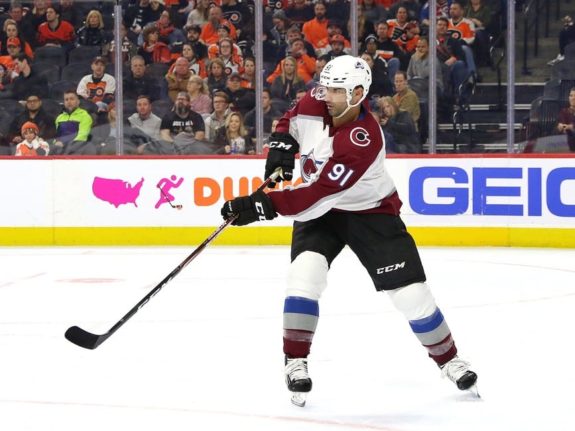
Similarly, the Canadiens, a team built on depth, lost a handful of valuable players after reaching the Stanley Cup Final. Two-way center Phillip Danault signed a six-year deal with the Kings and has since helped them become one of the best teams in the Pacific Division. Jesperi Kotkaniemi, who was one of the best young forwards on the 2020-21 team, signed with the Carolina Hurricanes, while Tomas Tatar signed with the New Jersey Devils. Both Kotkaniemi and Tatar weren’t star players but were essential as depth players, and made the Canadiens one of the more complete teams during their Cup run.
Along with NHL free agency leveling the playing field, teams are always modeling themselves after championship-caliber teams. The Avalanche, after winning the Cup, looked like the team of the future, playing at a faster pace and allowing their defensemen to play a pivotal role in the offense. They also played a more aggressive style, with a greater emphasis on offense, setting the tone in a league where goals were up. This season, teams have not only countered high-octane offenses with defensive schemes that are faster and rely on possession but they are also building their teams in a mirror image of the Avalanche. Around the league, teams are searching for puck-handling, two-way, and fast-skating defensemen like Cale Makar and Devon Toews. Likewise, they have been looking for forwards who can create in space and on the rush like Nathan MacKinnon, Mikko Rantanen, and Gabriel Landeskog.
Aging Cores
The Islanders in recent seasons were Cup contenders with a veteran-heavy roster but their age eventually caught up to them. They reached the Stanley Cup Semifinal in 2020 and 2021, making them look destined to take the next step. Instead, they took a step back in 2021-22 and missed the playoffs. Their average age was 30.1 years old and 16 of their 34 players were 30 years old or older. Specifically, some of the best players on the Islanders were exiting the prime of their careers, including Anders Lee, Brock Nelson, and Josh Bailey.
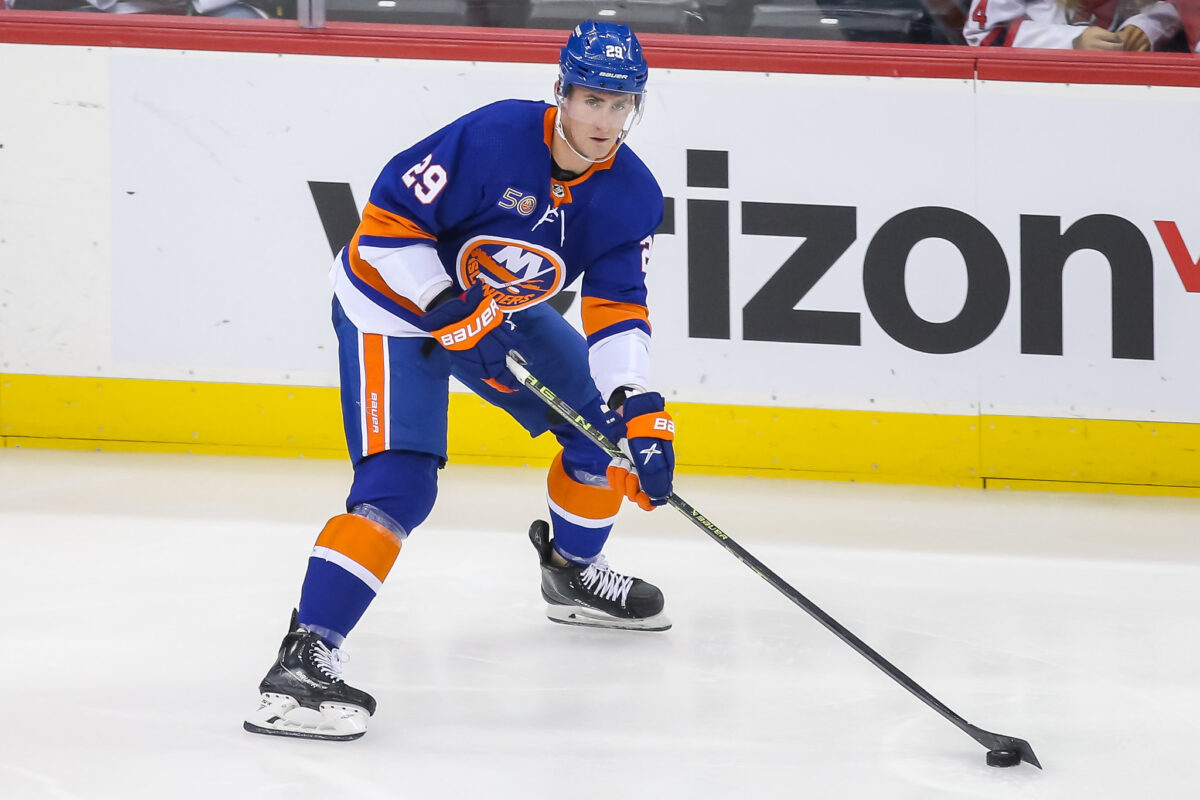
Like the Islanders, the San Jose Sharks were a perennial contender in the 2010s. They reached the playoffs in eight of ten seasons during the decade and reached the Stanley Cup Final in 2016, losing to the Pittsburgh Penguins in six games. Unfortunately, after the 2018-19 season when they lost to the St. Louis Blues in the Western Conference Final, the roster had reached its limit. Joe Thornton, Brent Burns, and Joe Pavelski were all 33 years old or older, and Thornton was 39 by the end of the year. By the start of the 2019-20 season, they were an aged roster with a 29-36-5 record, which was the worst in the Western Conference. Ultimately, the Sharks had to blow up their team and rebuild with a younger core.
The Chicago Blackhawks and the Kings were the two most successful teams of the previous decade. They won five of the six Stanley Cup titles between 2010 and 2015 and were seen as the most successful franchises in the league. However, players retired or declined by the end of the decade. When the Blackhawks won their third Cup title in 2015, multiple integral players were past the 30-year-old mark, including Marian Hossa, Patrick Sharp, Johnny Oduya, and Duncan Keith. The same was true for the Kings, who eventually had to rebuild around a few star players like Jonathan Quick, Anze Kopitar, and Drew Doughty while trading away a lot of the other veterans on the team.
With successful teams, age catches up to them and along with the age comes injuries, which take a toll on veteran-heavy roster. Specifically, when older players get hurt, it’s harder for them to recover and return to the ice. Injuries are an inevitable part of the game, but older rosters tend to struggle. Last season, the Islanders, who had the oldest roster in the NHL had a tough time when their veteran players were hurt and they eventually missed the playoffs.
Senators Fall Apart
The Ottawa Senators were one goal away from reaching the Stanley Cup Final in 2017, losing in double overtime of Game 7 to the Penguins. While the loss was heartbreaking, the team looked poised to contend for years to come. The forward unit consisted of Mark Stone, Mike Hoffman, Jean-Gabriel Pageau, and Kyle Turris, while the defense had Cody Ceci and two-time Norris Trophy winner Erik Karlsson. However, despite the star-studded roster, the Senators failed to reach the playoffs the next season and spiraled into one of the worst teams in the league in the following seasons. They have missed the playoffs in each of the last five seasons and only eclipsed the 30-win mark once.
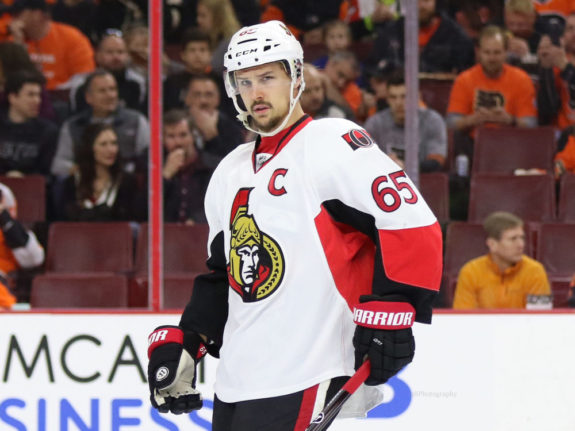
The Senators, unlike other teams that have collapsed in recent years, fell apart largely because of their culture, starting with owner Eugene Melnyk. He had a history of clashing with his players and the fanbase, but in 2018, it all unraveled. Instead of paying Karlsson, the Senators traded him to the Sharks in the final year of his contract, leading to a rebuild. By the 2019 trade deadline, they had traded away Matt Duchene, Ryan Dzingel, and Stone. Part of the reason for that was to help the team rebuild and open up salary cap space. However, under Melnyk, the team had a reputation for not paying their star players.
Anthony Duclair scored 23 goals in the 2019-20 season, second most on the team, but he wasn’t re-signed in the offseason. Instead, he signed a one-year deal with the Florida Panthers and has since become a star. Nick Paul started to become a valuable top-six player in 2021-22, scoring 11 goals in 59 games, but he was traded at the 2022 trade deadline.
Ultimately, the Senators didn’t pay players their worth and avoided giving their stars top-value contracts, making it difficult to attract free agents. When Brady Tkachuk signed a seven-year contract in 2021, he became the first player in the franchise’s history to earn over $8 million per year. Melnyk passed away in March and the team is up for sale, but players being pushed out of the organization for years under his ownership resulted in a depleted roster for years to come.
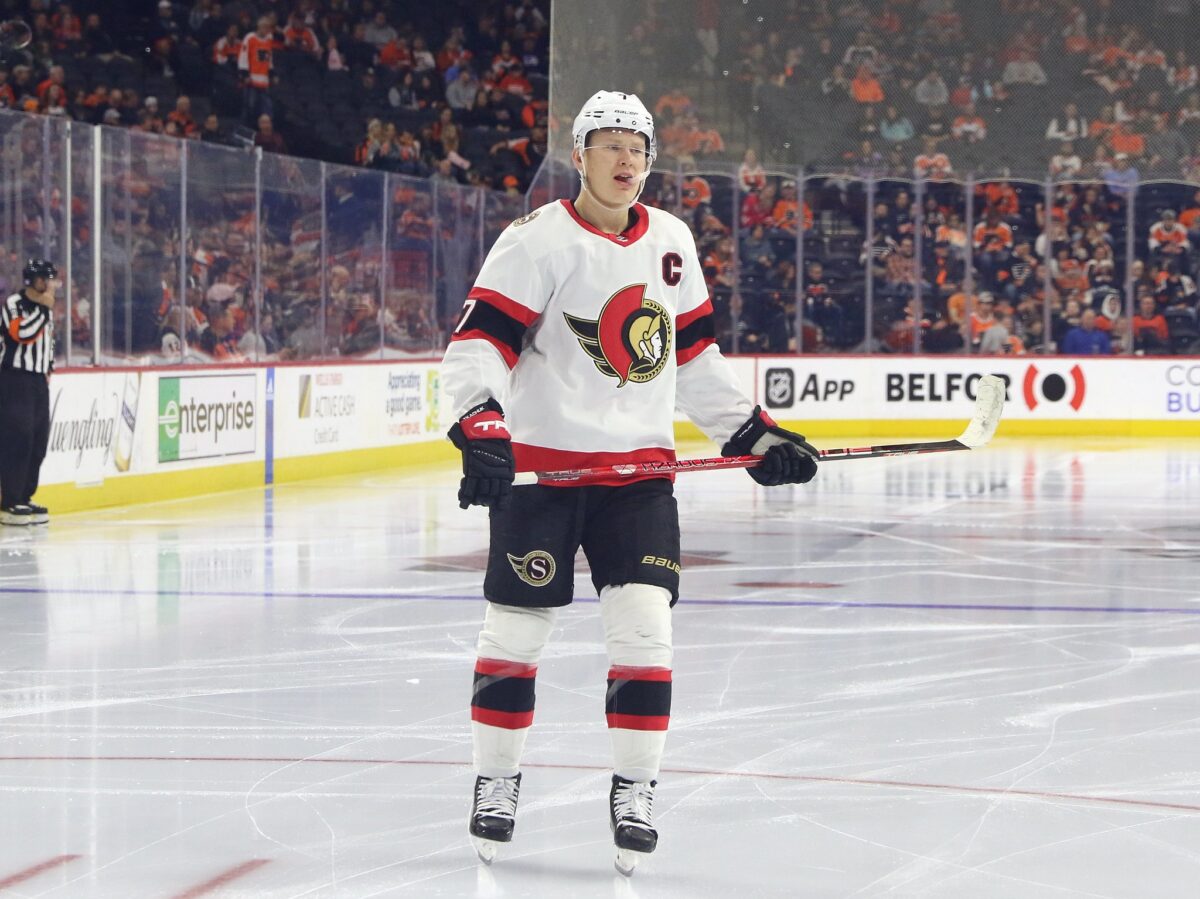
Along with the ownership issues, the Senators’ collapse was kickstarted by the Duchene trade in 2017. Regarded as one of the worst trades in recent seasons, they acquired him but sent Turris to the Nashville Predators and gave the Avalanche two players and three draft selections. The Avalanche’s return helped them win the 2022 Stanley Cup with Byram, who became their first round pick in the 2019 NHL Entry Draft, and Samuel Girard (the Predators sent Girard in the deal). However, the move depleted the Senators of assets, including a high draft pick that could have helped them rebuild, making a disappointing 2018-19 season worse. The Duchene trade was supposed to put them over the top but, instead, left them empty-handed and in disarray a few years later.
Why the Lightning Seem Unfazed
While teams around the league have difficulty sustaining success, the Tampa Bay Lightning remain one of the best teams in the NHL. They’ve reached the Stanley Cup Final in each of the last three seasons and won back-to-back titles in 2020 and 2021, establishing themselves as a modern dynasty and a model franchise. The Lightning are impressive, considering their dominance in an era when success seems impossible to maintain. Despite a salary cap, league parity, and specific to them, the toll of Cup run on a roster, they have remained a dominant team.
To explain how the Lightning have remained a great team, it helps to look at their recent history, including the series that fueled the dynasty. After winning the Presidents’ Trophy in 2018-19, they were swept in the first round by the Columbus Blue Jackets in one of the biggest upsets in NHL history. Lydia Szyjka, who covers the team at The Hockey Writers, argued it was a defining moment in the team’s history:
“With all of the success the Lightning have had in the past few years, it’s often forgotten that they had one of the biggest post-season collapses in NHL history in 2018-19. What I love about general manager (GM) Julian BriseBois is that he didn’t dismantle the team after they were swept by Columbus. Instead, he added players like Pat Maroon, who complements the team…and adds some grit.” The team used the sweep as fuel in the subsequent playoff runs, allowing them to win the Stanley Cup twice.
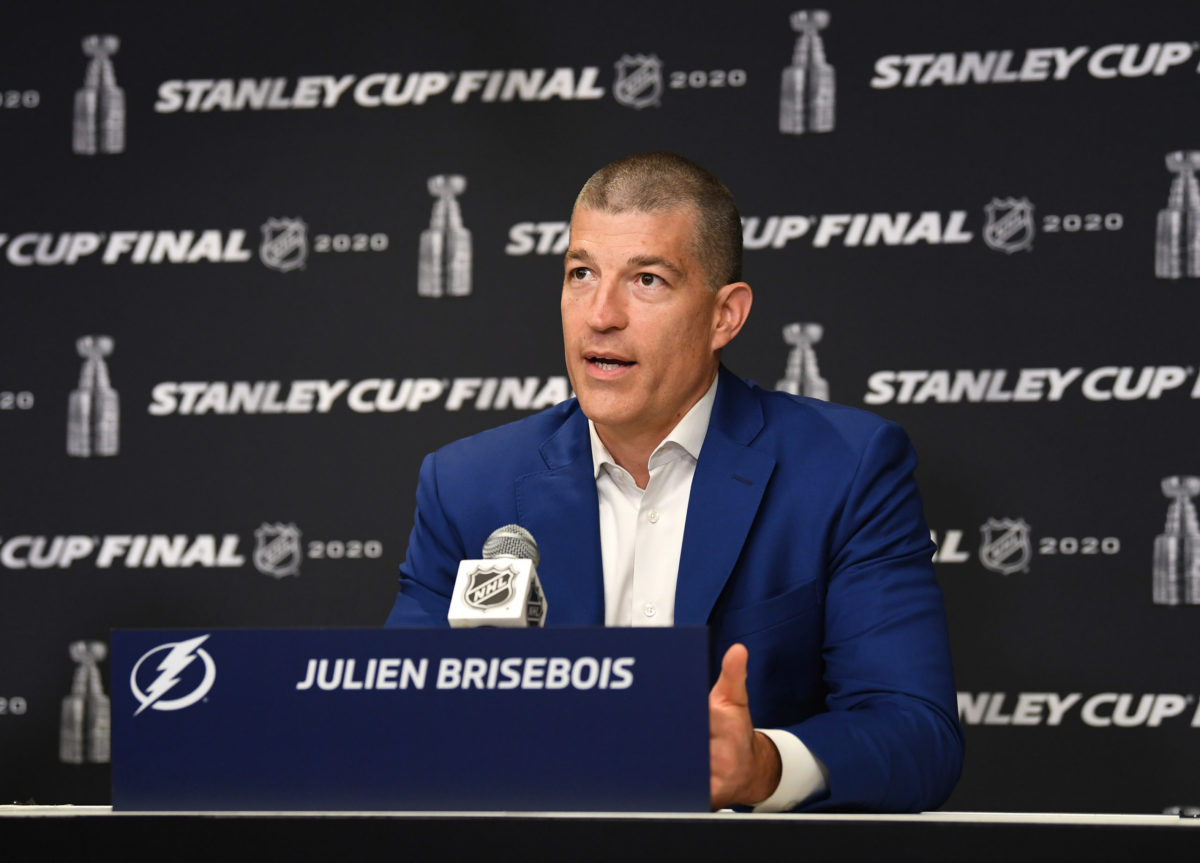
In addition, the sweep showed them how to build a Stanley Cup-caliber team and which types of players are needed for a playoff run. Along with Maroon, BriseBois acquired Blake Coleman, Barclay Goodrow, and David Savard as depth additions, helping prepare the Lightning for the playoffs. They didn’t look to make splash additions but tried to build a team with little to no weaknesses. The Lightning have made it a priority to not only find elite players in important positions but also to build around them.
Goaltender Andrei Vasilevskiy, defensemen Victor Hedman and Mikhail Sergachev, and top-six forwards Steven Stamkos, Brayden Point, and Nikita Kucherov are the building blocks. With those five star-caliber players under contract, it’s an easier task for BriseBois to build a Cup contender. Furthermore, a core in place allows them to replace players like Yanni Gourde and Ondrej Palat when they leave the team.
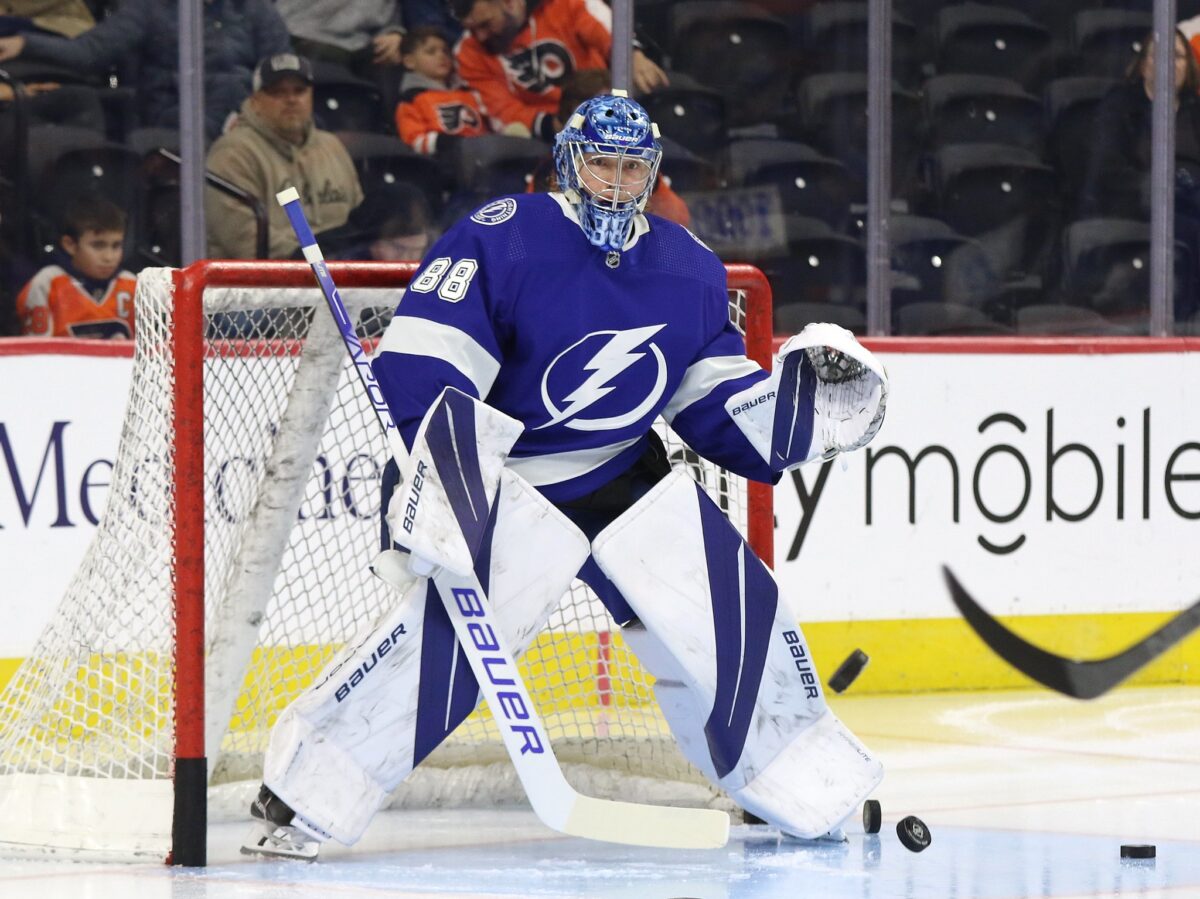
Szyjka added, “One other thing that they may have learned from their 2018-19 loss to Columbus, is to pace themselves. It’s a long season, and you want to save some fuel for the postseason. There’s no glory in winning the Presidents’ Trophy if you don’t bring home the Stanley Cup too!” The NHL regular season is a long 82-game marathon followed by the playoffs, which is a sprint to the finish line. The Lightning are built to make it to the playoffs every year and then make a deep playoff run to win the Stanley Cup with a prepared roster.
Other Notes on NHL Collapses
While playoff experience is valuable, championship hangovers can limit a team both mentally and physically. Teams that experience deep playoff runs have a shorter offseason and often aren’t prepared for the next one. Moreover, players that win the Stanley Cup have finally achieved their lifetime goal and, afterward, it’s hard to muster the same drive and motivation.
Being the reigning champions also makes them a target. Opponents circle the calendar when the defending champions are on the schedule – not just because they want to beat them, but also to use them as a measuring stick against their own abilities.
Finally, there’s the reality that even the best front offices make poor decisions and moves that backfire. Even the best teams in the NHL can’t be perfect all the time, and they’ll make a move that sets them back. Boston Bruins GM Don Sweeney won the Jim Gregory General Manager of the Year Award in 2019 but notably had a rough 2015 NHL Entry Draft, missing out on Mathew Barzal and Kyle Connor. Islanders GM Lou Lamoriello won the award in 2021 despite trading Toews to the Avalanche the offseason before. The best executives in the league eventually fail and, similarly, the worst GMs in the NHL occasionally make great decisions to make their teams competitive. Ultimately, it’s what makes the NHL one of the more competitively balanced leagues in all sports with success being difficult to obtain and then sustain.